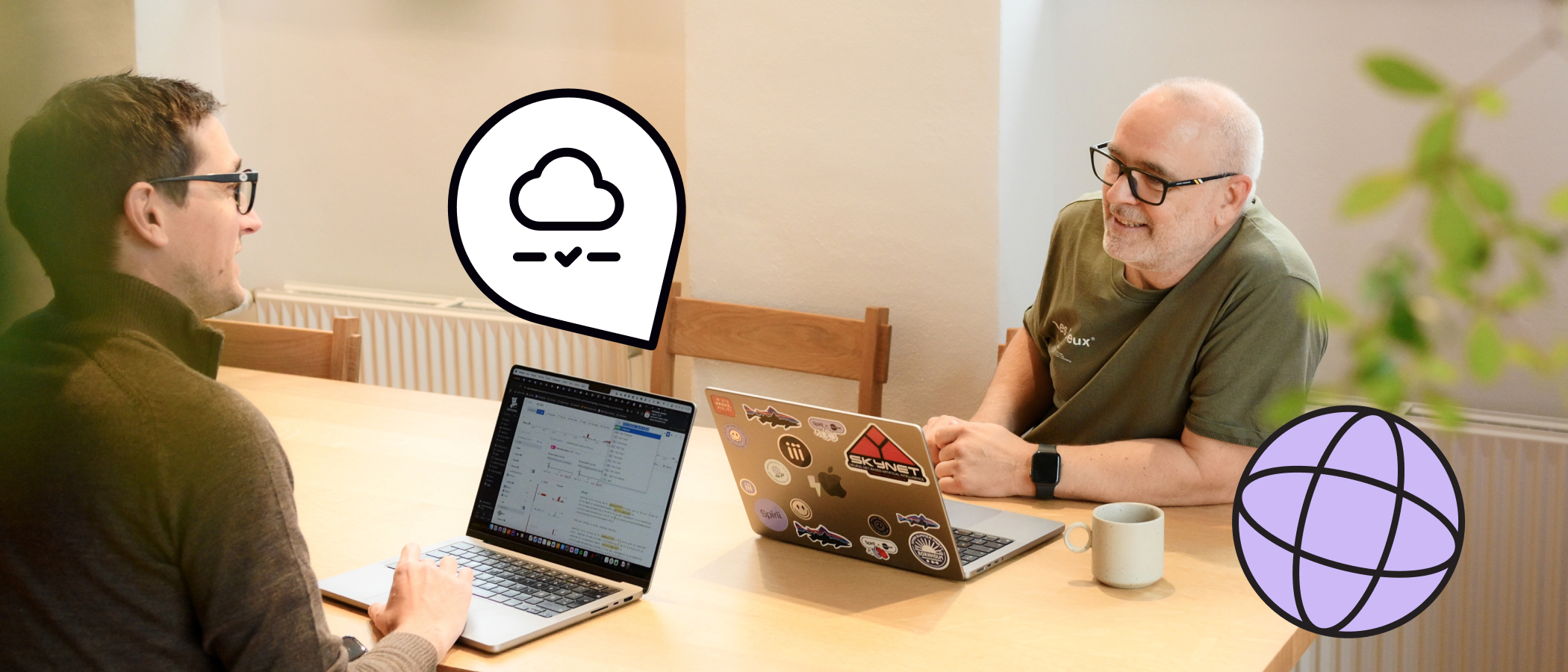If you run an EV charging business, you’ll no doubt have growth on your mind pretty much 24/7. After all, a booming number of EV drivers means a growing potential customer base. But here’s the million-dollar question: when’s the right time to stump up for more chargers at a location?
Luckily, the answer doesn’t have to come from instinct and finger-in-the-air guesswork; there’s actually a research-based business formula you can turn to for a clue. Here’s how to crunch those numbers…
How do you know when it’s time to install more chargers?
Both external research and our own Spirii Connect data show that if you’re your chargers are occupied for more than 25% of the day, then there’s a high chance you’re missing out on revenue from drivers queuing at your charge points.
And, crucially, those queueing drivers are likely to find somewhere else to charge.
So how do you find your occupancy figures?
As with all things data and insight-related, Spirii Connect is your go-to solution here. Here’s how to find that all-important metric:
1. Find your most used locations as shown in the dashboard in Spirii Connect
2. Check the overall charger occupancy percentage – is it high?
3. Take a look at the heatmap to understand how that usage is distributed
Do things seem crowded during peak hours?
Then you’d probably benefit from adding more charge points at the affected locations. Doing so will enable you to serve more EV drivers, more of the time – and that’ll only go towards increasing your revenue.
Considering adding more chargers? Reach out to your key account manager at Spirii or connect with us online and we’ll be happy to help you assess the need and potential at your locations – and if you already know you’d like to ad new charge points – we'll help you with that too!
[.text-center][.button]Download Spirii Go[.button][.text-center]
Explore market insights and operate your charging business effectively with our resources.


.webp)



